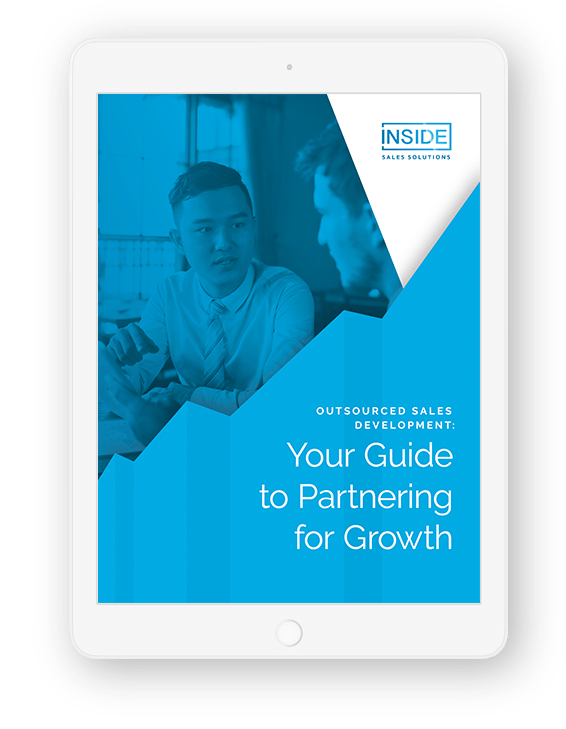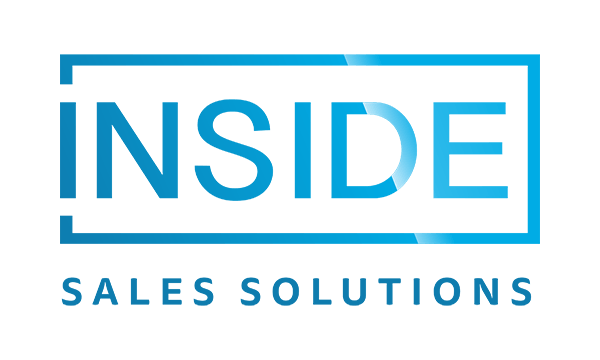Whether you’re a start-up introducing a new solution to the market, or a legacy organization with renowned global presence, chances are, one of your top priorities for the year is to meet your sales goals.
Regardless of industry, business, geography, and technology, metrics for an organization’s sales revenue are often a central indicator of success, and the most important KPI — for everyone from the C-Suite down to the newest Sales Associate.
Possibly the easiest and fastest way to meet your sales goals? Channel Partner Programs.
Get the Ultimate Guide to Maximizing Channel Sales
Channel Sales Metrics to Ensure the Success of Your Channel Partner Program
“If you can’t measure it, you can’t improve it.” – Peter Drucker
First things first: identifying your channel partner program KPIs. The channel sales metrics you choose to track will define what qualifies as a successful partnership for your organization, which makes this a critical step for any effective program.
Not sure where to start? Look at the metrics you track internally. KPIs for partnerships should mirror those of your internal sales metrics, at least to some degree. Key criteria like speed to lead and revenue vs. profitability set a good baseline for your measurement.
Revenue and Profitability Metrics
The dollars and cents metrics are the most obvious means of channel sales measurement. How much money is your partner program bringing in? Is there a partner generating substantially more revenue than the others? Or substantially less? Understand what’s working and what isn’t and leverage the success of one partner into the success of all the others.
- Total Channel Program Revenue
- Total Channel Program Profitability
- Revenue by Channel Partner
- Profitability by Channel Partner
- Revenue by Campaign
Opportunity Metrics
While revenue and profitability offer a bottom-line view of your partnership program results, opportunity metrics will give you some insight into the effectiveness of your channel partners’ sales process. Pay close attention to these metrics, as they will be leading indicators of your partner program’s future profitability.
- Number of Leads by Channel Partner
- Value of Leads Generated
- Number of Leads Closed vs. Leads Generated
- Time to Act on a Lead
- Time to Convert a Lead into a Sale
Whether you’re just starting a channel partner program, or you’ve been running one for decades, your success and longevity is dependent upon accurate measurement and tracking.
Lest you find out 6 months – or 6 years – down the line that your program isn’t actually as profitable as you believed.
A little advice for measuring your partnership programs: While some of the success metrics mentioned above may mirror that of your internal sales measurements, working with an outside partner can require a more hands-on approach, with both parties actively involved in the process.
Set yourself up for success by clearly defining and agreeing upon your metrics and benchmarks before you begin your program. This will ensure both you and your partner are on the same page and understand all future expectations. Additionally, regular check-ins will provide you with a much better gauge of where your partner is struggling and why. Don’t wait months for your first meeting.
Finally, understand where and how your MDF is being used. This can often be one of the biggest challenges for measuring the success of your partnership program. But a clear view of where your dollars are being spent (and how successfully they are being spent) will allow you to better allocate in the future.
Multiplying the Success of Your Channel Partner Program
Your program is only as good as the results it produces. So now that you’ve identified and integrated metrics, it’s time to start amplifying your success rate.
How, you ask? We’ve defined the seven success strategies that have been proven to increase productivity and improve sales. Which of these will work best for you is dependent upon your team and their internal drivers.
- Incentivize, Incentivize, Incentivize: A sales incentive program may not be a new concept, but it sure is an effective one. Starting an incentive program is easy and can drive a huge boost in sales revenue.
- Sell Your Partners on Your Product: Make sure your channel partners know why your product is the best solution for their customers’ pain points. Better yet? Showcase your extensive list of satisfied customers. After all, they won’t want to sell your product or service if they don’t really believe in it.
- Tools of the Trade: Every sales team needs their fair share of tools and technology to be successful. Don’t put your channel partners at a disadvantage by expecting them to function without the same techniques you leverage internally.
- Practice Inclusivity: The best partnerships are the ones that work together. This should be no different.
- Certified for Authenticity: Professional certifications can be a dealmaker or breaker in many industries. Providing your channel partners with the opportunity to attain key certifications can make their sales cycle faster and more efficient. A confidence boost for them and a revenue boost for you.
- Invest in Education: It doesn’t just have to be certifications. Keep your teams up to date on the latest tools, technology, and tactics to ensure success.
- Leading the Charge: Sometimes you have to give a little to get a lot. A concept that applies to your lead generation efforts with your channel partners. Sharing qualified leads shows your partner you are in it for the long haul and launches your program on the right footing.
Try starting with one or two of the suggestions above. See how your channel partners respond and go from there.
Channel partner programs are a tried-and-true business strategy for improving sales and increasing revenue. Defining your metrics of success is the first step to multiplying your results and driving exponentially more revenue from every partner in your program.
Ready to minimize your costs and maximize your results? Check out “The Ultimate Guide to Maximizing Revenue from Channel Sales” to get started.
Considering Outsourced Sales Development?
Don't make your decision until you read our guide to creating a successful partnership for growth.


